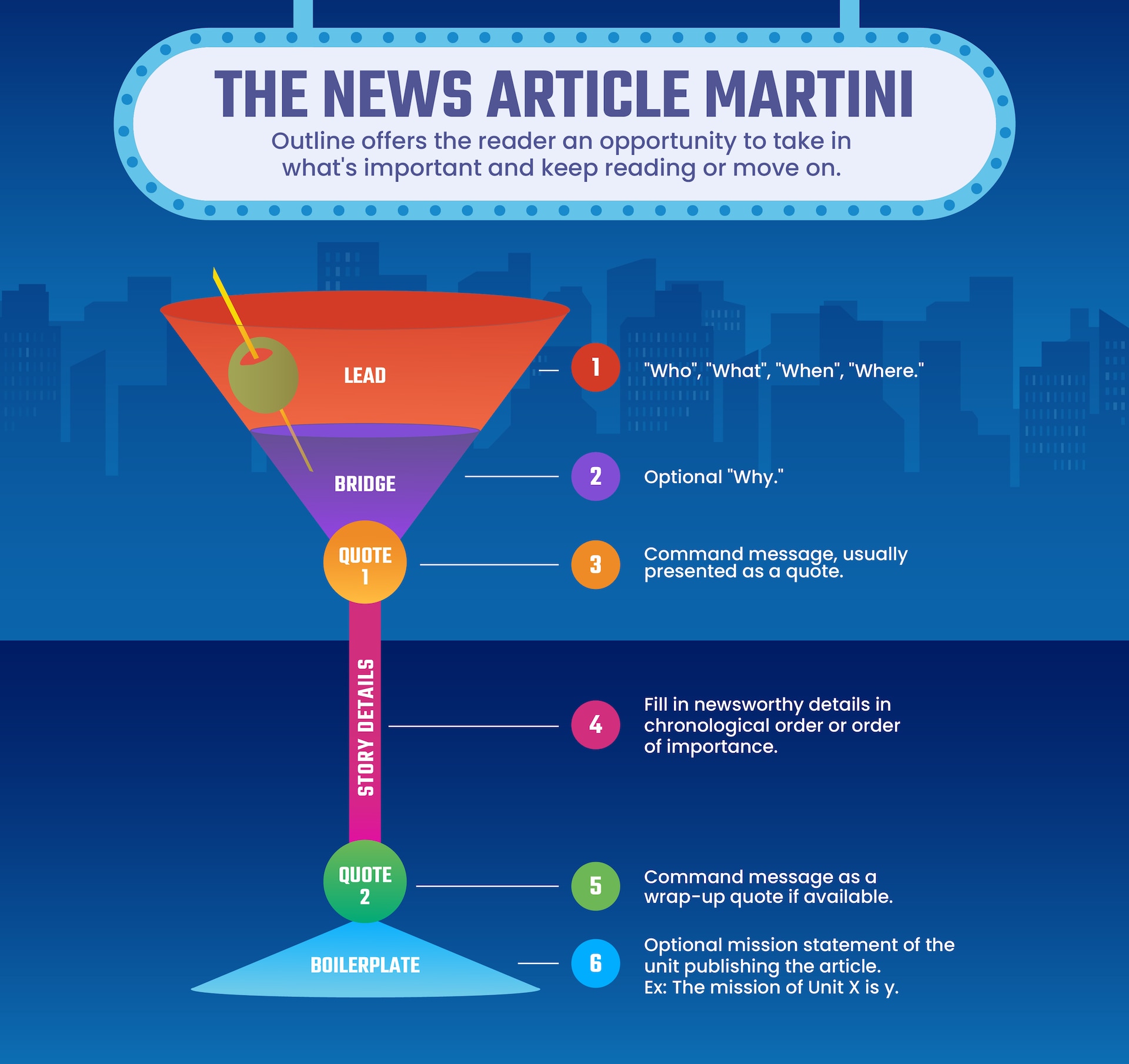Different Types Of Leads In Journalism - A fire broke out at the associated corporation’s main warehouse.” The more you write, the better you write. Journalists learn a core set of leads in year one to attract and engage readers. This lead tells the reader or listener the most important aspect of the story at once. An anecdotal lead unfolds slowly. Web different types of leads pair better with certain topics and the desired tone of writing. To write a strong lead, you need to identify and understand the focus of your story. Quick summary in 30 words or less, usually one sentence. Web there are two broad categories of leads, direct and indirect. However, this is only a guideline.
Twelve Types of Leads Journalism Unit 3 Mr
Web you need a crisp lead and a strong focus to keep the reader going. The following is an example of an anecdotal lead: Journalists.
PPT The Newspaper Lead PowerPoint Presentation, free download ID
Who, what, when, where and why, with a dose of how if appropriate. Web different types of leads pair better with certain topics and the.
PPT Writing Leads PowerPoint Presentation ID1835220
It is often paired with a nut graf, which contextualizes the most important facts of an article and provides readers with a clear understanding of.
Journalism Analyzing Newspaper Leads and Articles Lessons & Activities
They also hint at the broader context in which the news occurred. To offer a century of wisdom on the purpose of a. There are.
What are the roles of feature writing in journalism
Web the most common type of journalism lead—the summary lead—addresses the classic ‘5 w’s and h’ of journalism: Here are nine different lead styles to.
Types of Leads Journalism Violence
But each type responds to the central. This lead tells the reader or listener the most important aspect of the story at once. Web whether.
PPT Writing and Improving Your News Articles PowerPoint Presentation
Quick summary in 30 words or less, usually one sentence. A summary lead is the most common and traditional lead in journalism. It is meant.
Download and print this packet so students can analyze various types of
Web when you're spearheading your outreach efforts, getting acquainted with the two basic types of leads— hard leads and soft leads —is essential for the.
This is a packet of templates for students to analyze various types of
Web there are two broad categories of leads, direct and indirect. Once a reporter has conducted their interviews, it is time to write. It is.
There Are Two Types Of Leads:
Web journalism is an integral part of a free, democratic society because it provides citizens with access to important information about their government and informs public officials about the needs of their constituents. This lead tells the reader or listener the most important aspect of the story at once. Web although there’s no one correct way to write a lead, some approaches are better than others based on the type of article. Contains essence of story (i.e., most important of 5 ws, cites the source of opinions).
Web The Five W’s And H:
One particularly common alternative is. Web whether you’re a new reporter or a veteran writing for a newspaper, an online news site, radio, or television news, the ability to sum up a story in a single paragraph or draw the reader in with an. Generally, use the direct lead for news stories, and the indirect lead for features. It lures the reader in with a descriptive narrative that focuses on a specific minor aspect of the story that leads to the overall topic.
It Is Direct And Accurate.
It contains most of the 5ws (who, what, when, where, why) and the h (how). Here are nine different lead styles to know about. It is often paired with a nut graf, which contextualizes the most important facts of an article and provides readers with a clear understanding of that article’s angle. You should emphasize those aspects in your lead.
Using Any Or All Of These Techniques Before You Even Start Writing Can Help Strengthen Your Story, Especially The Critical Top Few Paragraphs:
Once a reporter has conducted their interviews, it is time to write. Regardless of which lead you choose, the goal is to quickly inform audiences and interest them in your larger story. Web different types of leads pair better with certain topics and the desired tone of writing. Wait to explain less important aspects until the second or third sentence.









